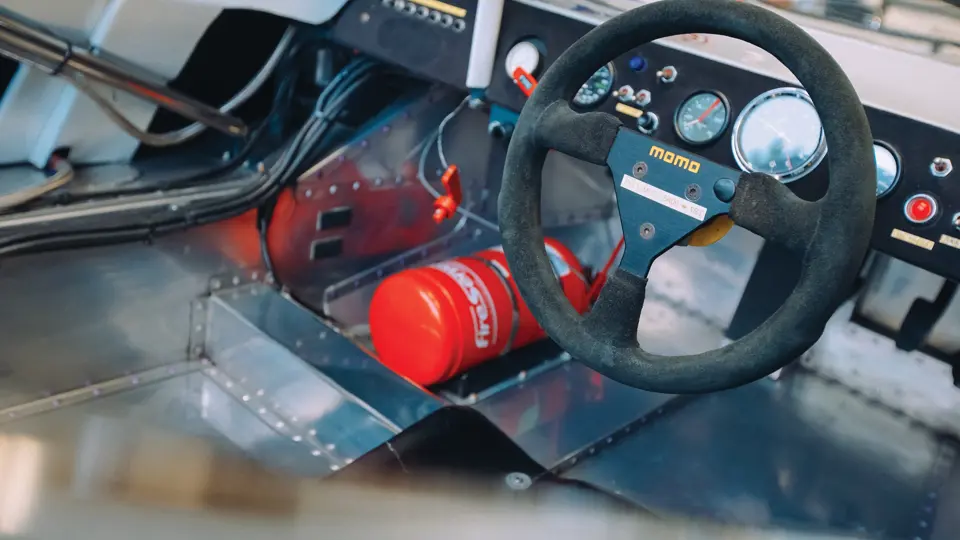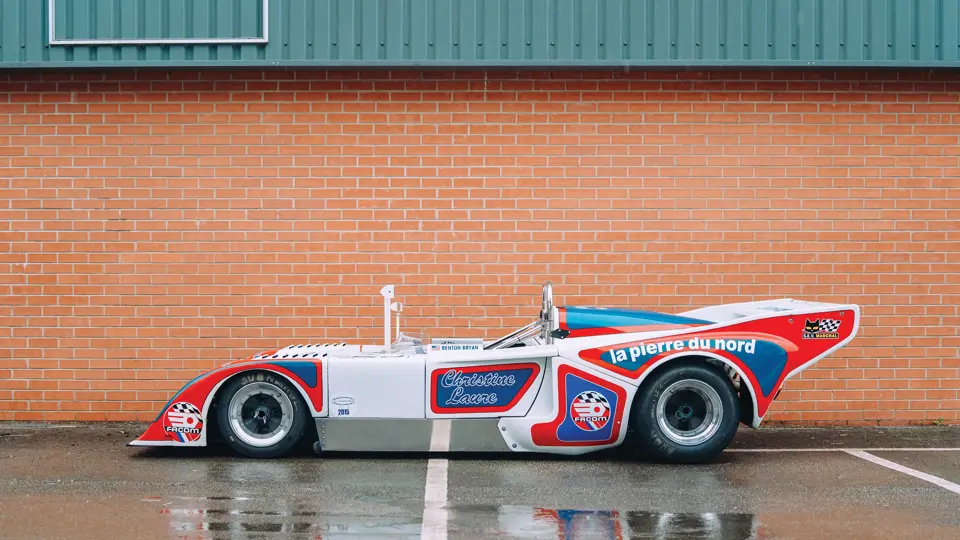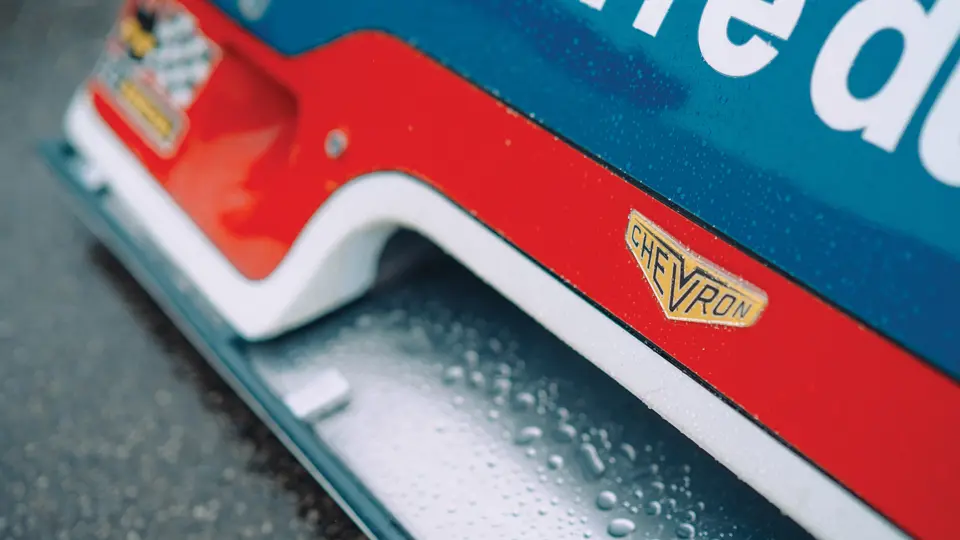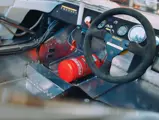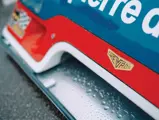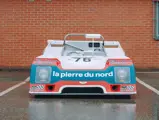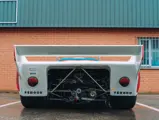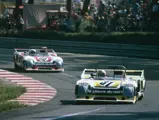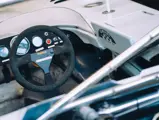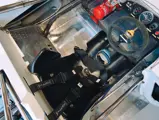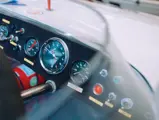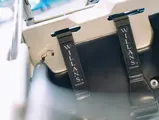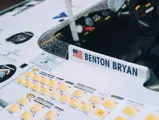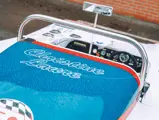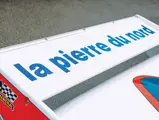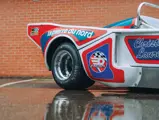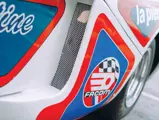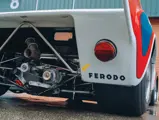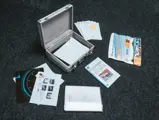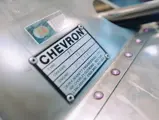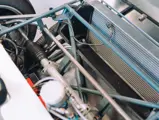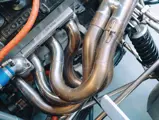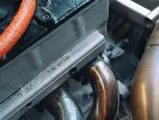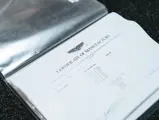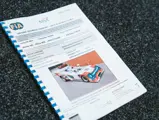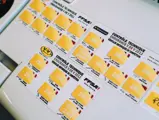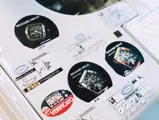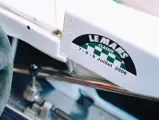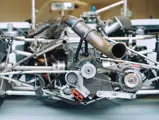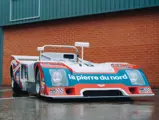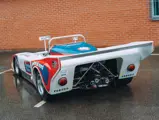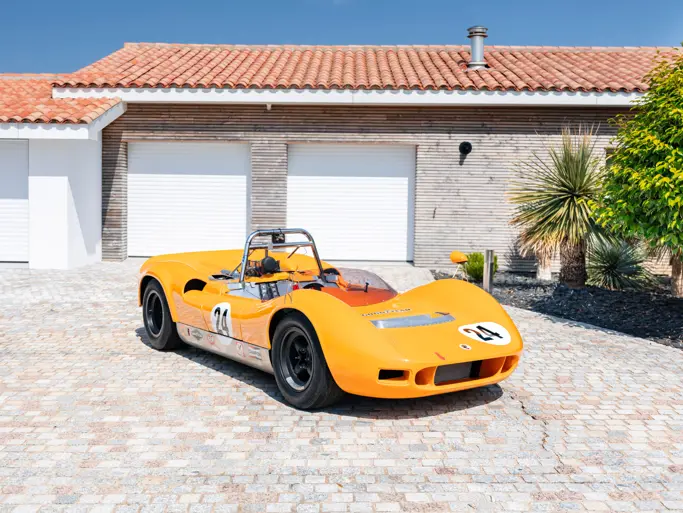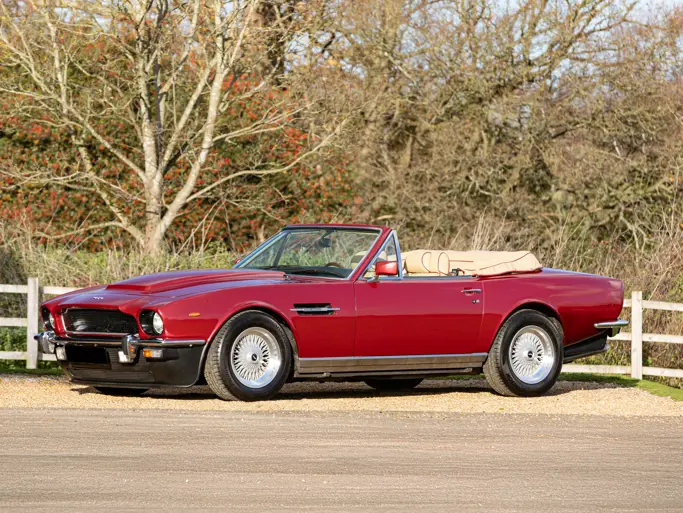
1976 Chevron B36
{{lr.item.text}}
£160,000 GBP | Sold
{{bidding.lot.reserveStatusFormatted}}
- One of approximately 21 examples built
- Campaigned in period by the French privateer team ROC, including four appearances at the 24 Hours of Le Mans
- First in Class at the 1977 and 1978 Le Mans
- More recently freshened with a new racing tub; accompanied by the original racing tub
- Beautifully presented in the correct Pierre du Nord sponsorship livery
- Documented with history by racing historian John Starkey
British race car builder Chevron developed its series of competition spyders in 1976 with the B36. Fitted with an array of engines from Cosworth to Mazda rotary powerplants, the B36 was built in a modest quantity of approximately 21 examples through 1978, though the model continued to see first-line racing action through the late 1980s.
Fiercely competitive on circuits from America to Japan during the 1970s, the Chevron epitomized the brilliance of the ground-effects era, employing a large rear wing and front splitter to keep the fibreglass-shelled monocoque glued to the track. The B36 achieved overall victory at the 1977 Targa Florio, also winning at venues like Suzuka, Fuji, and Vallelunga.
This prodigious Chevron was one of three examples delivered new to the privateer team Racing Organization Course (ROC), a French outfit helmed by one-time Formula 2 driver Fred Stalder. ROC equipped the cars with four-cylinder Chrysler-Simca racing engines prepared at its facility in Le Bouchillons.
At the 24 Hours of Le Mans in June 1976, chassis no. B36-76-02 was driven by Stalder, Albert Dufréne, and Alain Flotard for 241 laps before a broken oil pump forced an early retirement. At Le Mans a year later, ROC ran the B36 again, and Michel Pignard and Dufréne finished 6th overall and 1st in Class, placing first in the Index of Efficiency. The 1978 Le Mans proved nearly as successful as the Chevron roared to 11th overall and 1st in Class, driven by Pignard, Laurent Ferrier, and Lucien Rossiaud.
By 1979 the B36 understandably began to be eclipsed by more advanced race cars and was disqualified at Le Mans that year for not covering sufficient distance. The spyder was then entered in various events around Europe for the next two years, finishing 4th overall at the Vallelunga 6 Hours in September 1979 and 7th at the Dijon 1,000 KM a year later.
Around 1982 the Chevron was sold to privateer Thierry LeJeune, and he entered the car in hill-climb races over the next two years before campaigning in French Group 6 events from 1984 through ’86, finishing as high as 5th. The B36 was acquired by Gerard Burggraff in 1987 and used in historic racing events before passing in 1990 to Belgian enthusiast Jean Blaton.
Sold in 2003 to the consignor, the Chevron has been fitted with a new racing tub and is currently equipped with a period-correct Cosworth BDG four-cylinder engine. The B36 is beautifully finished, featuring the proper period Pierre du Nord sponsorship livery. An ideal candidate for vintage racing, the Chevron competed at the Le Mans Classic in 2004, 2006, and 2008, where it finished 1st in Class, reliving its period successes. Campaigned in the Classic Endurance Racing Series for several years, the car also saw several podium finishes in the VdeV Historic Series. Needless to say, the Chevron would make a superlative addition to any sporting collection.
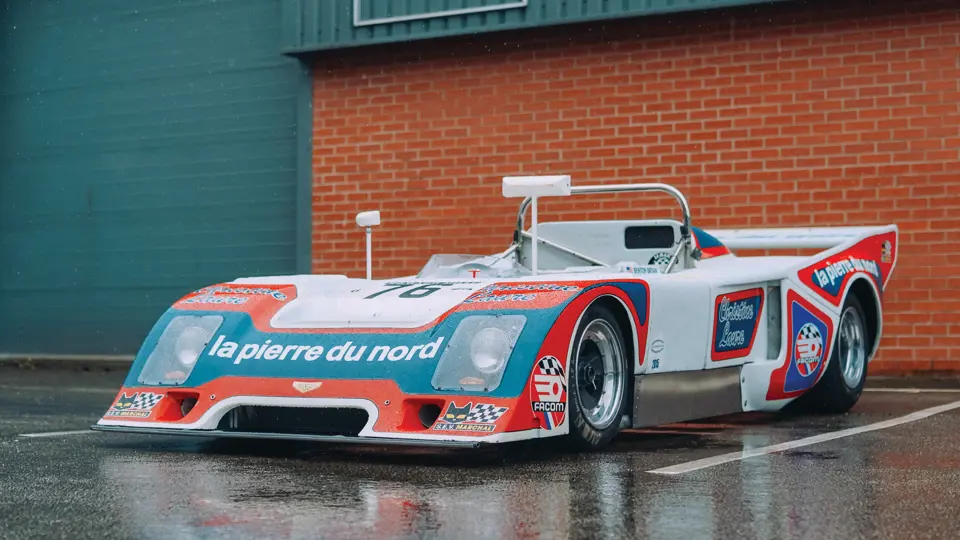

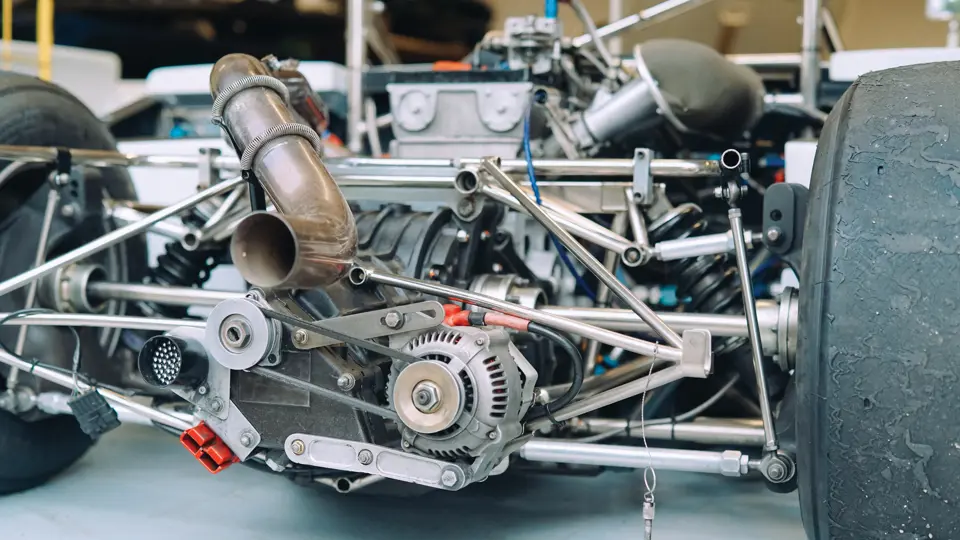

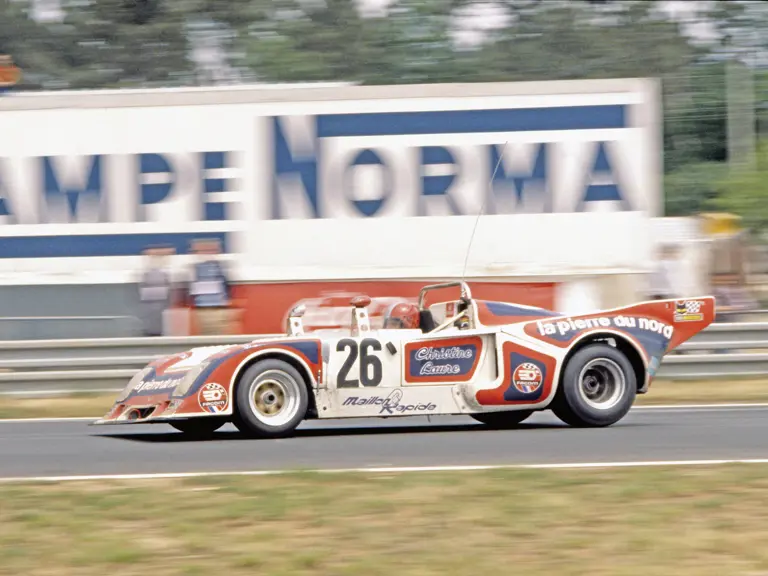
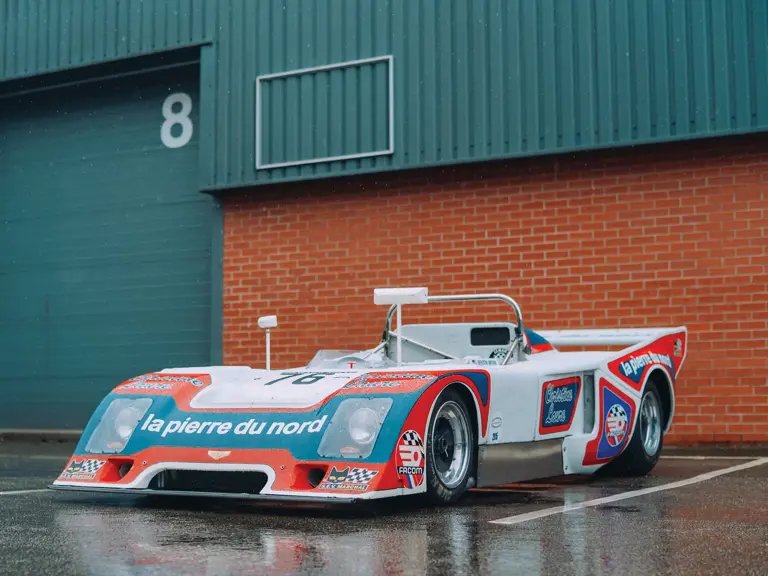
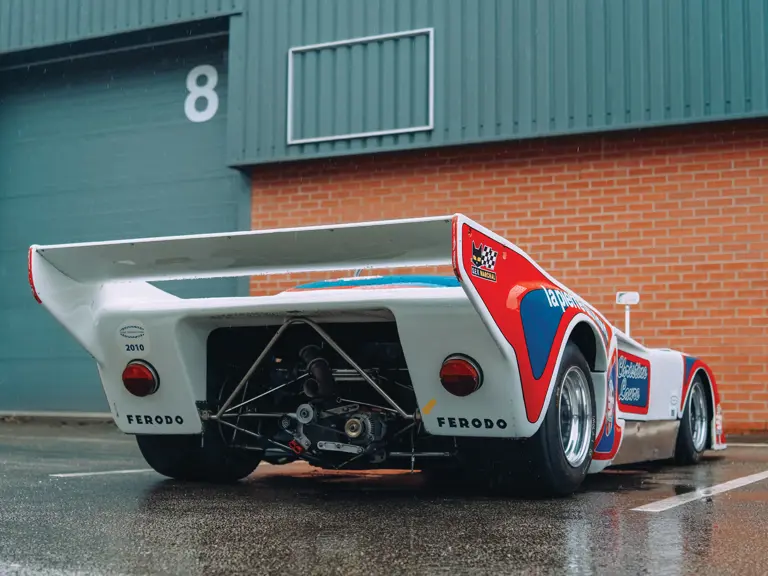
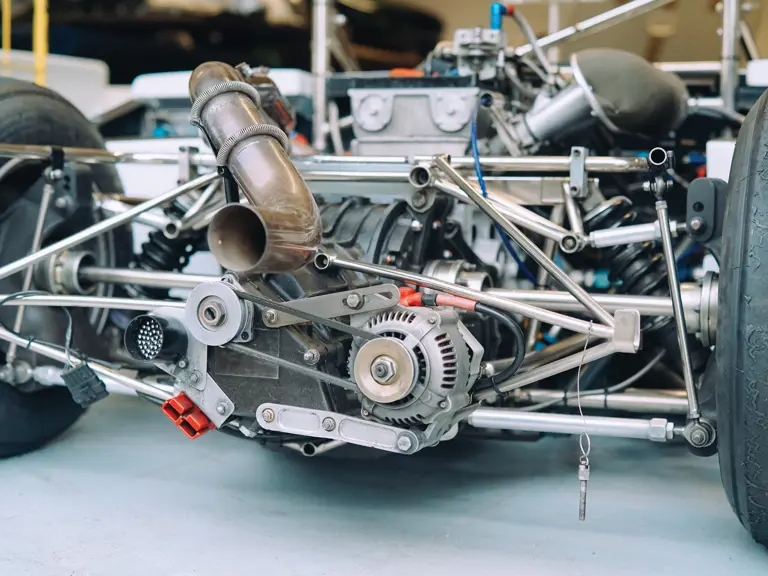
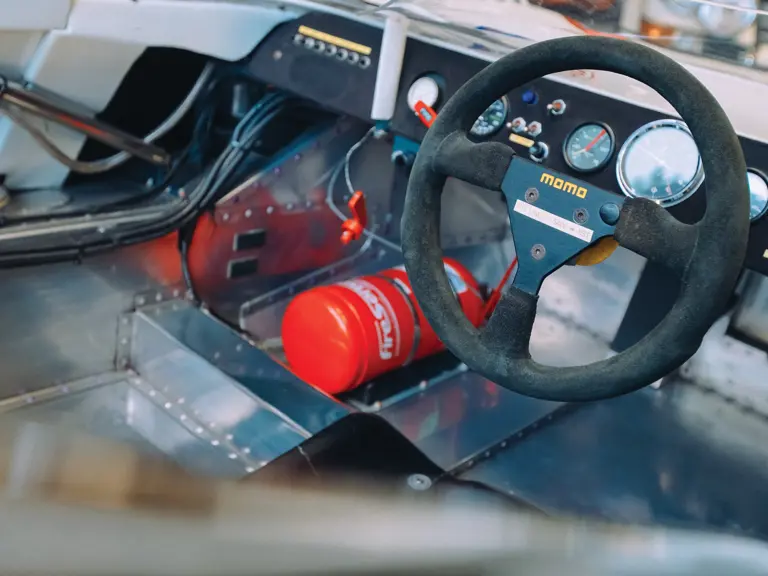
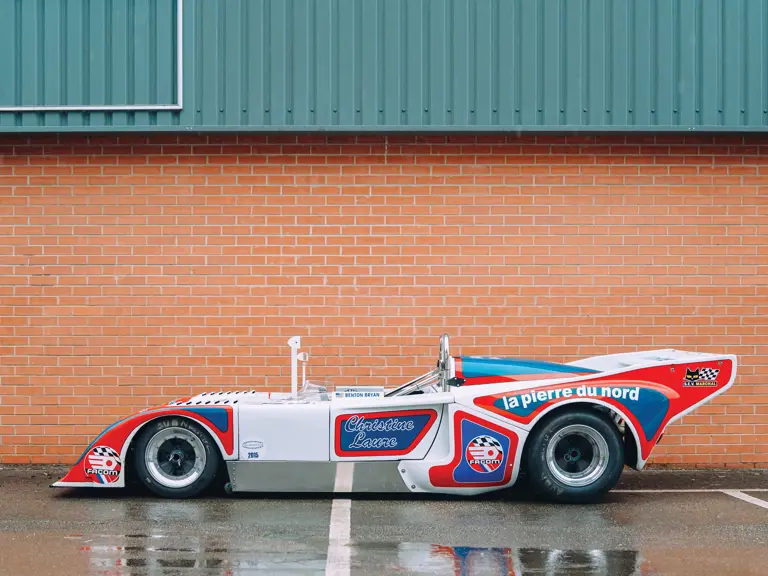
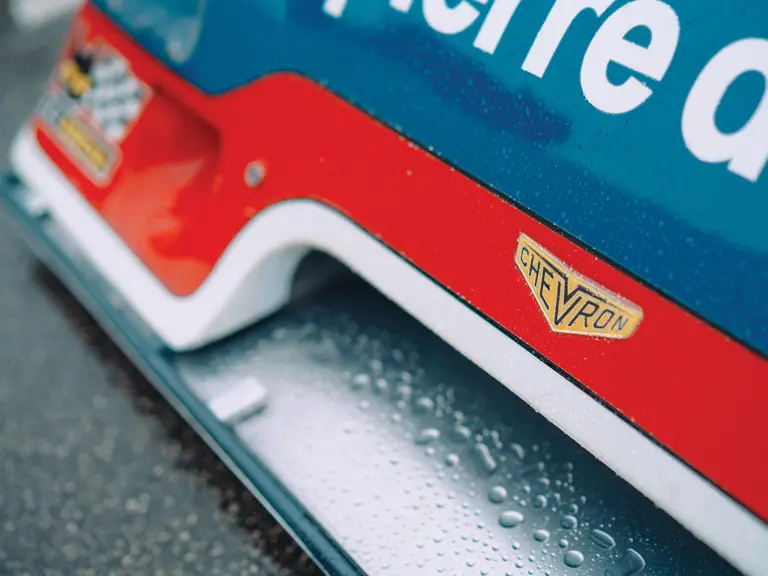
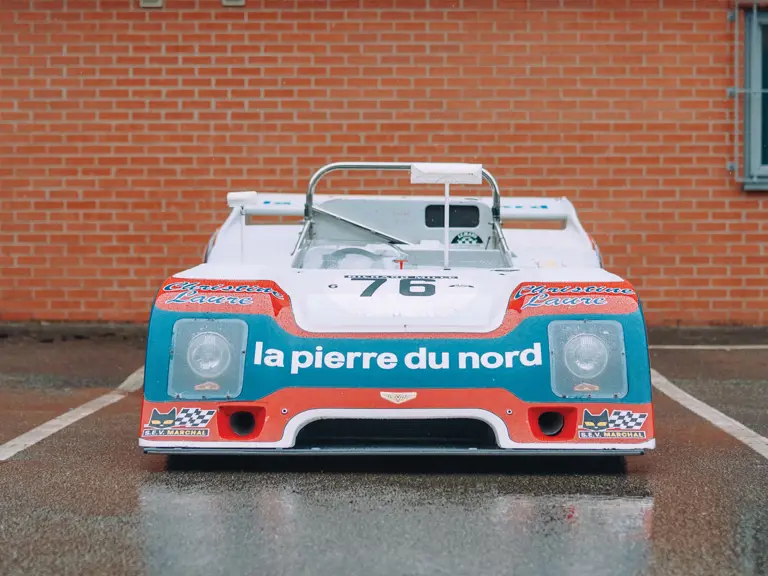
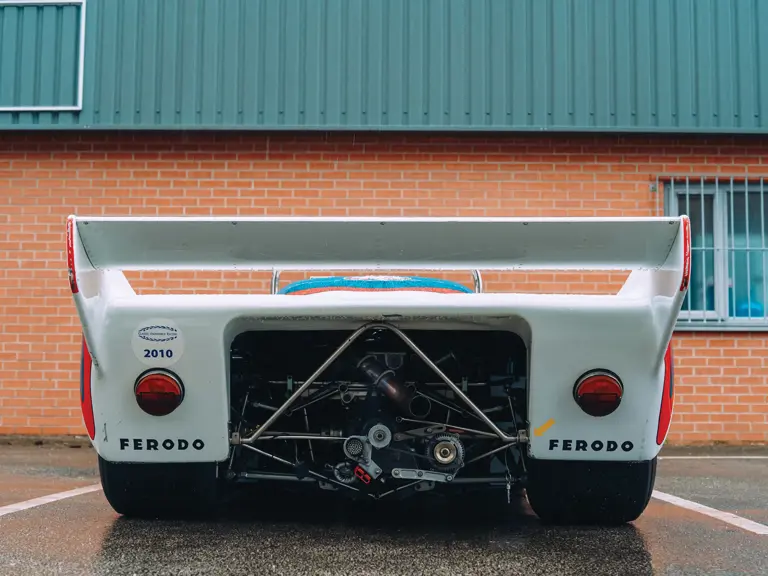
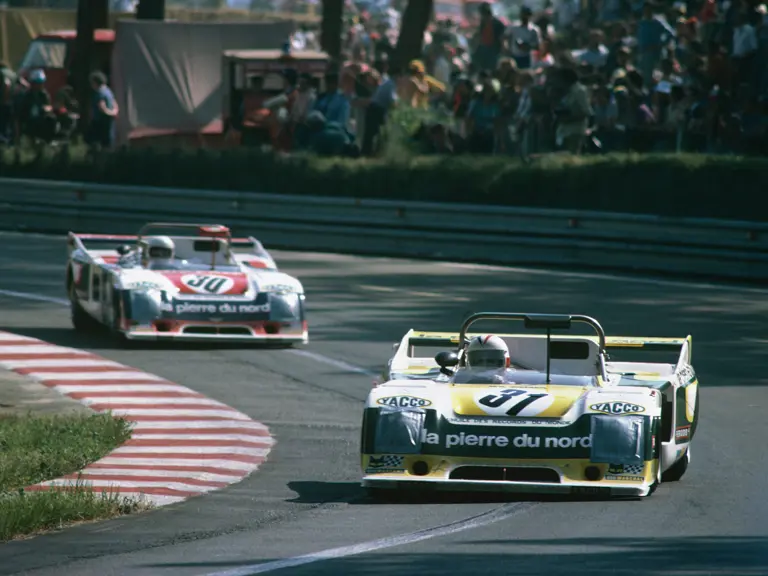
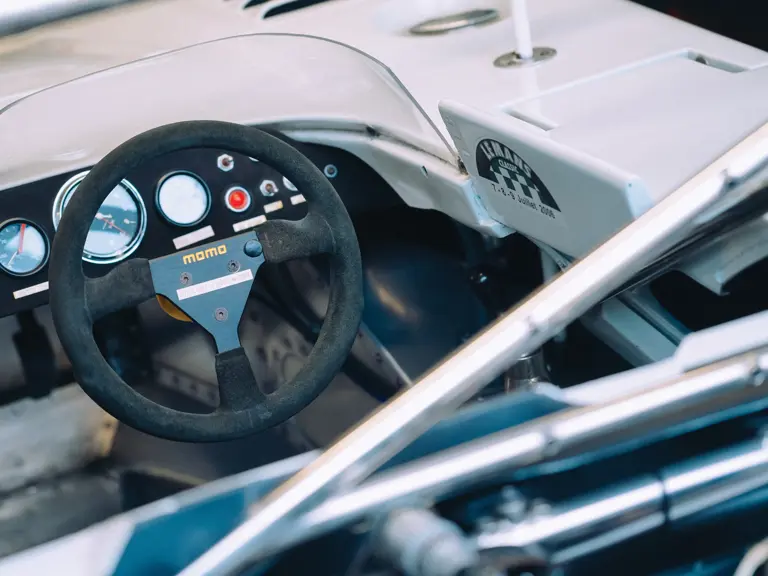
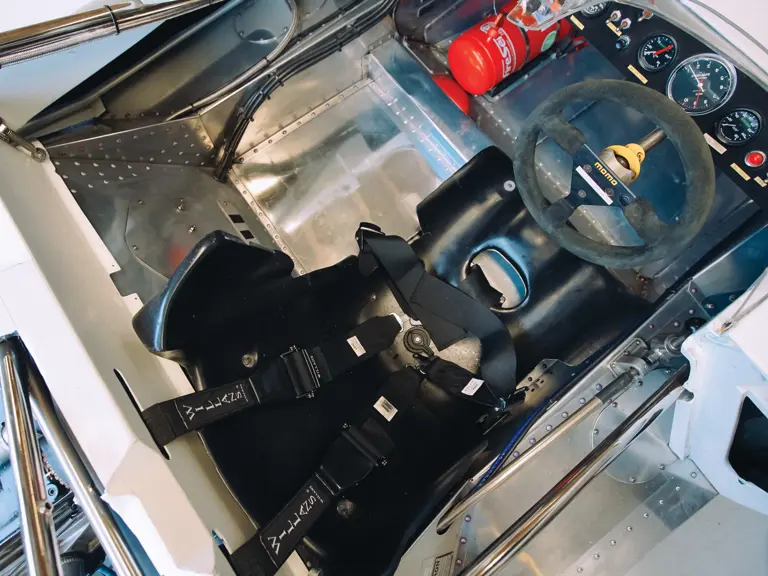
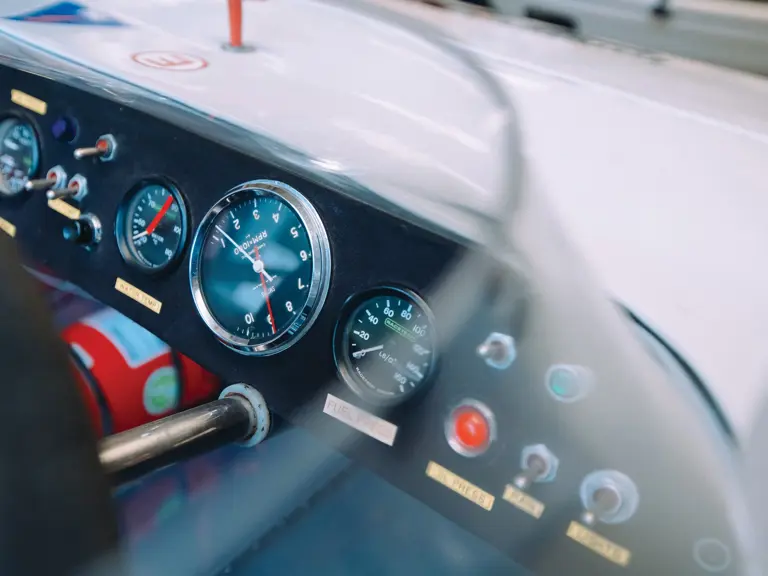
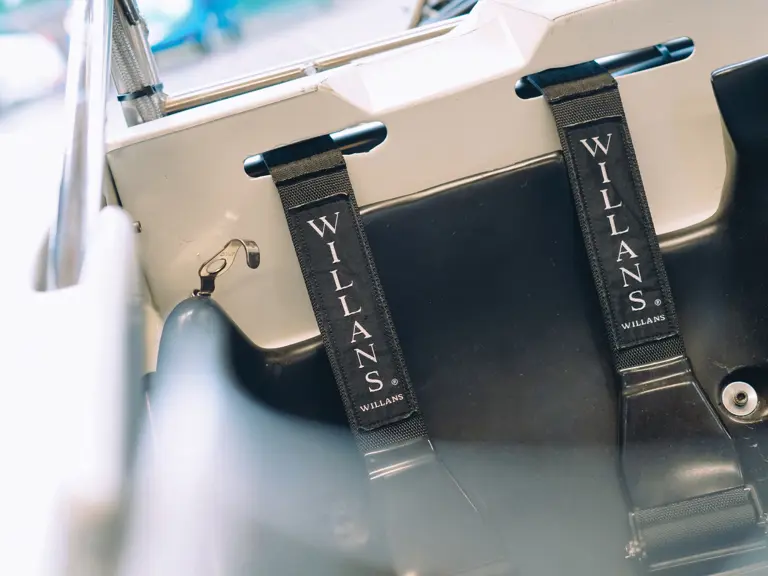
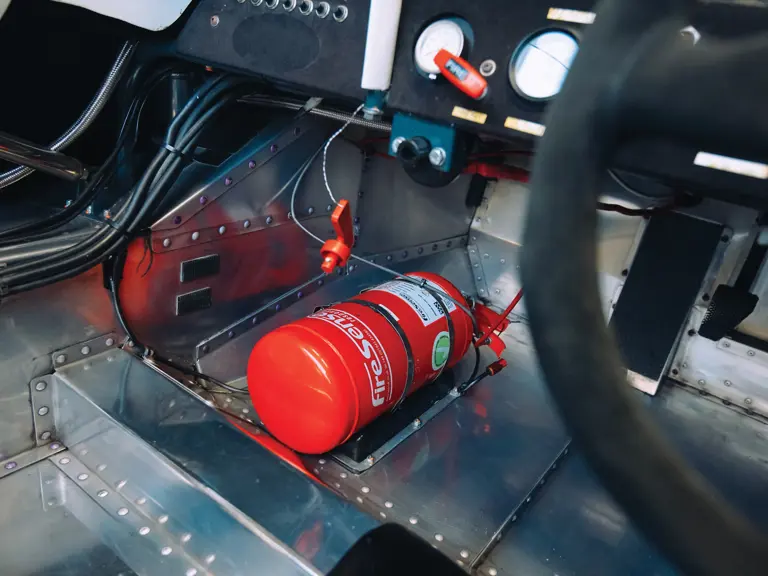
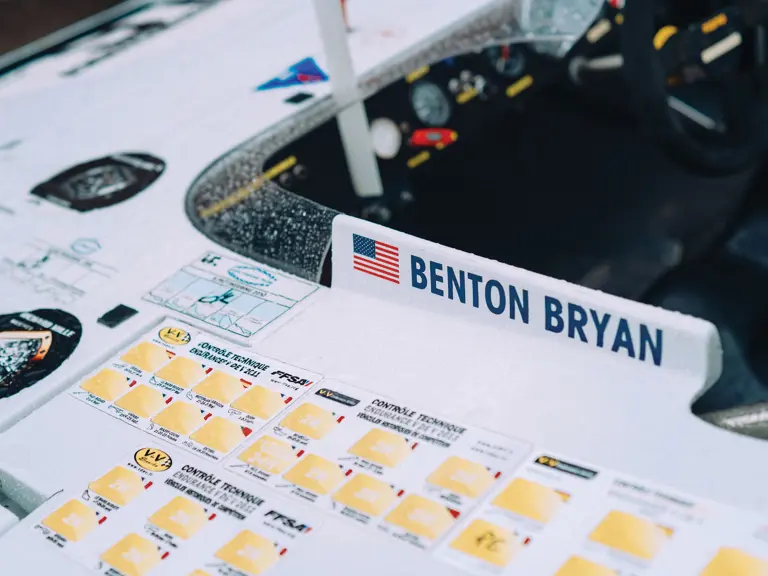

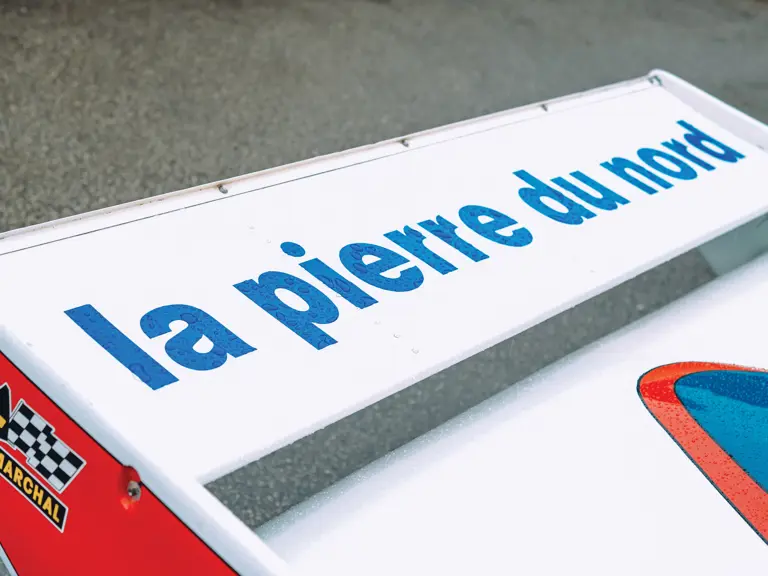
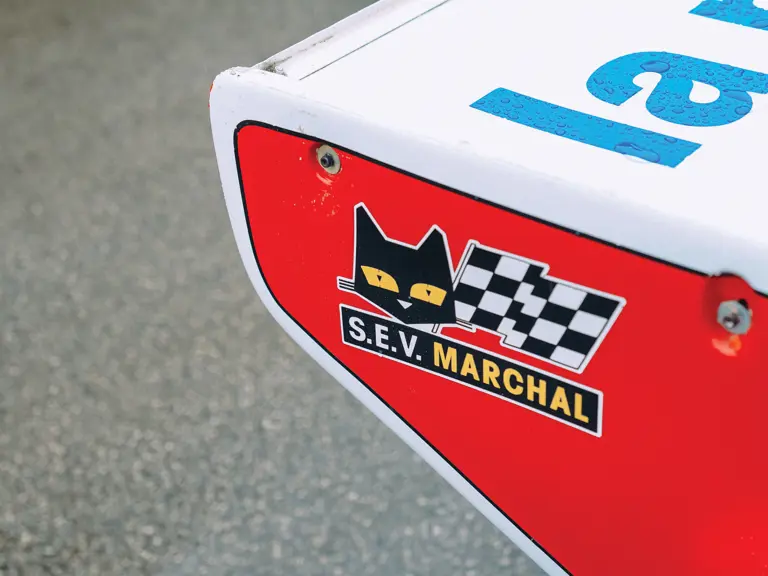
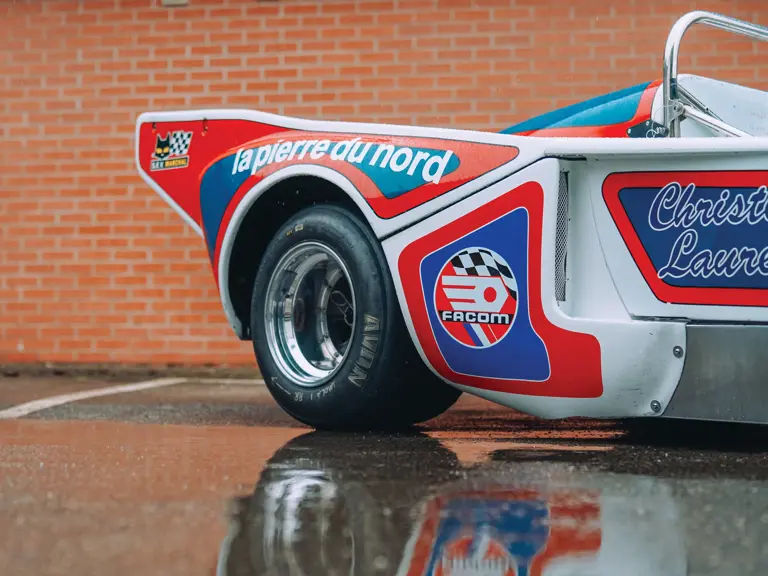


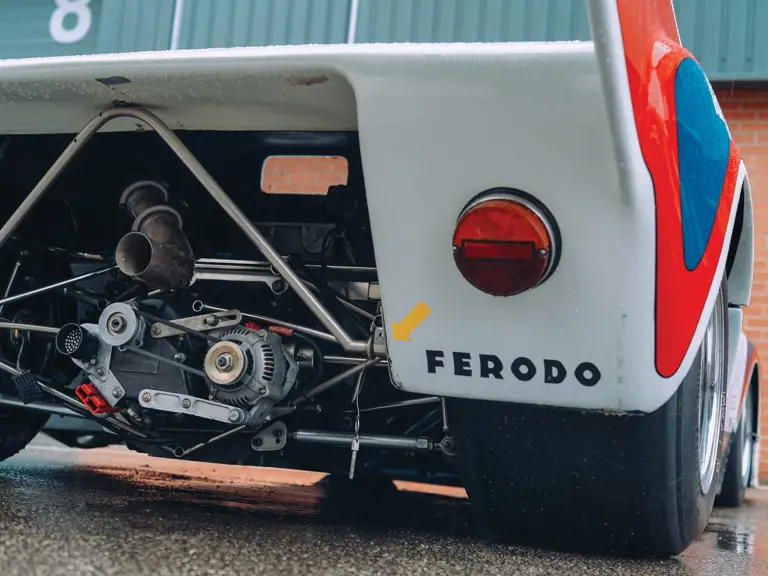
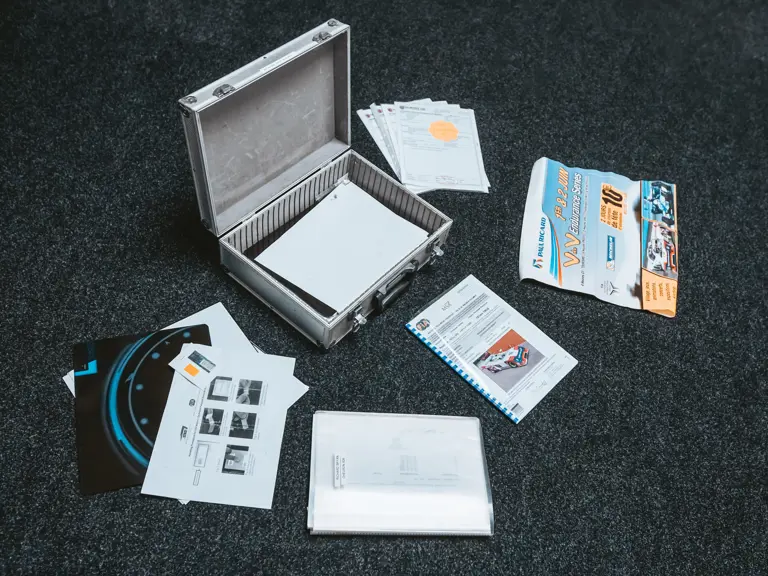

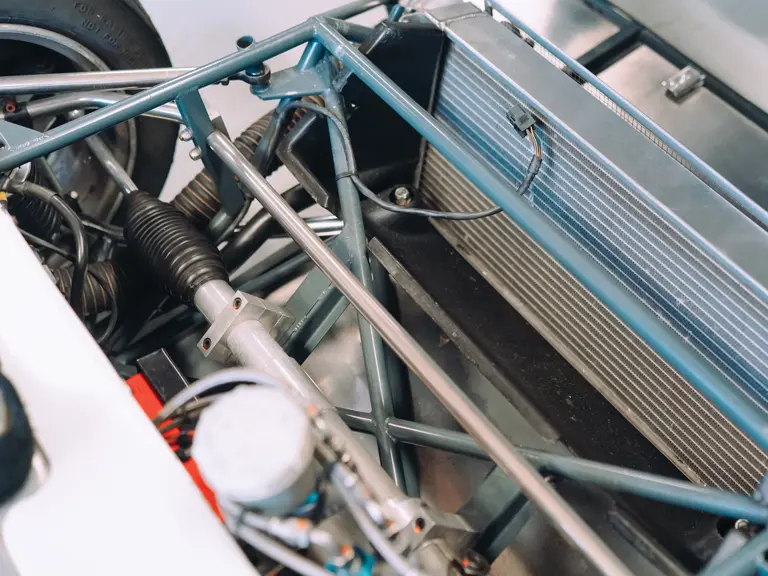
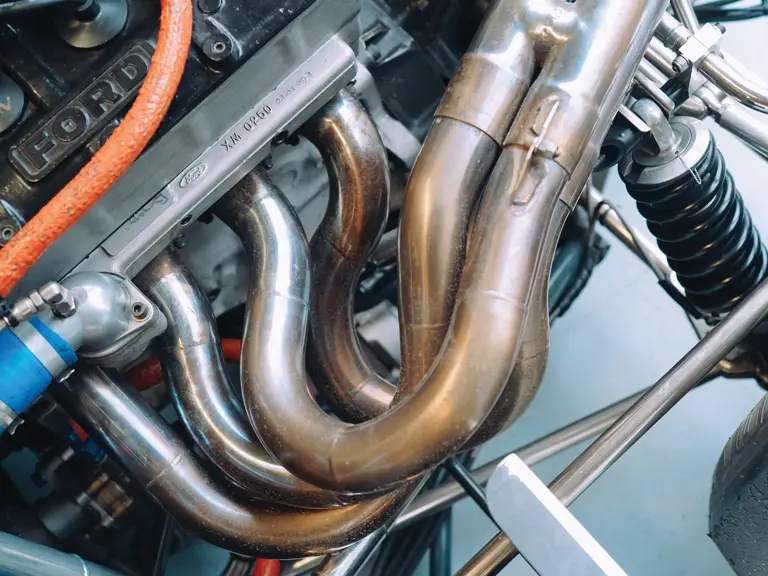
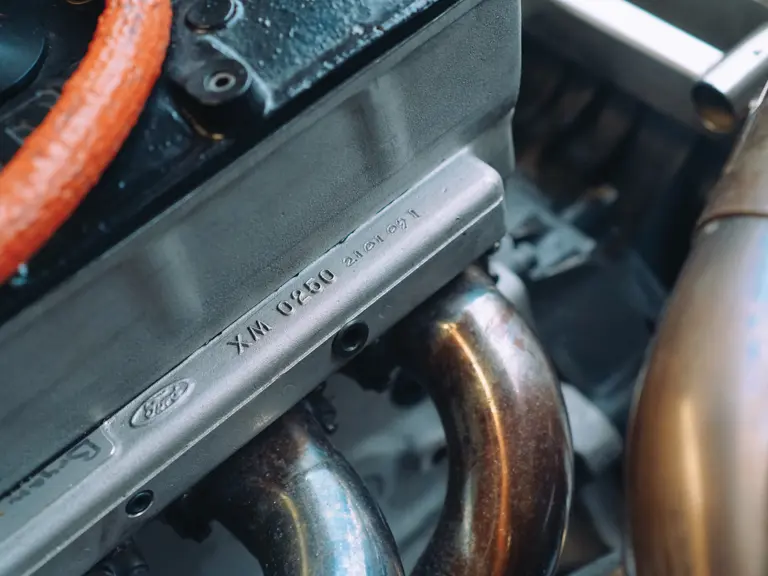
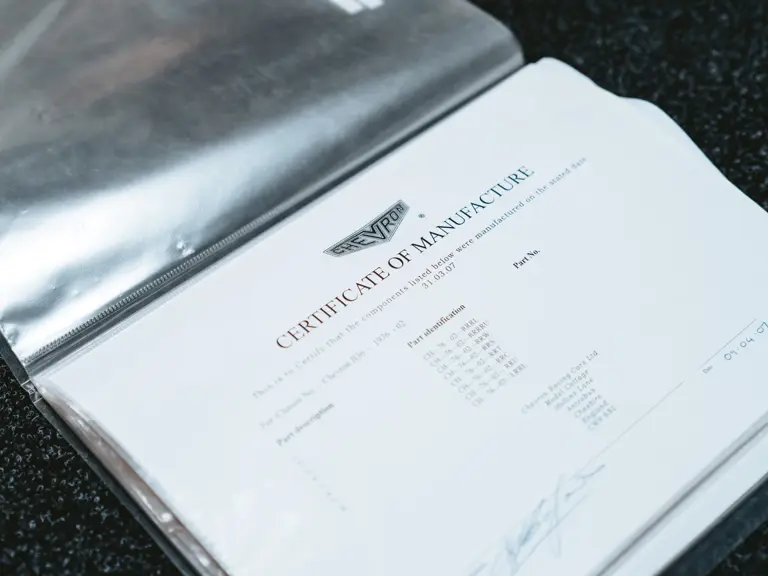
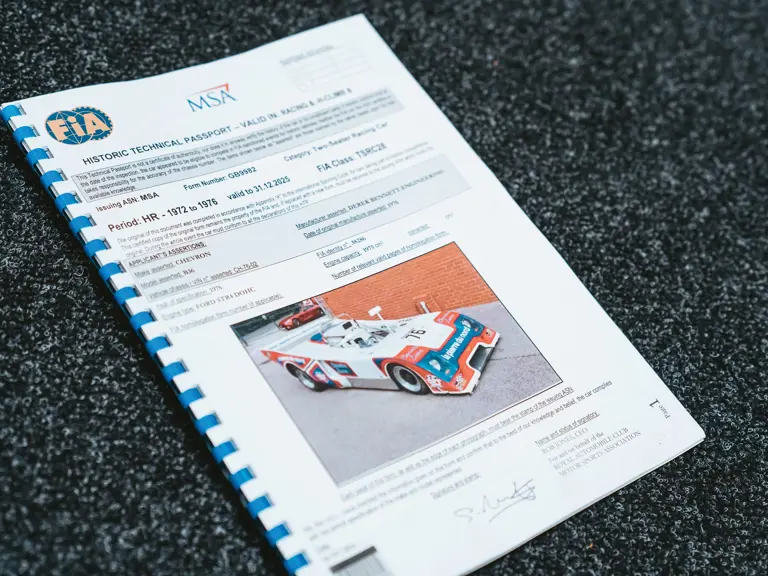
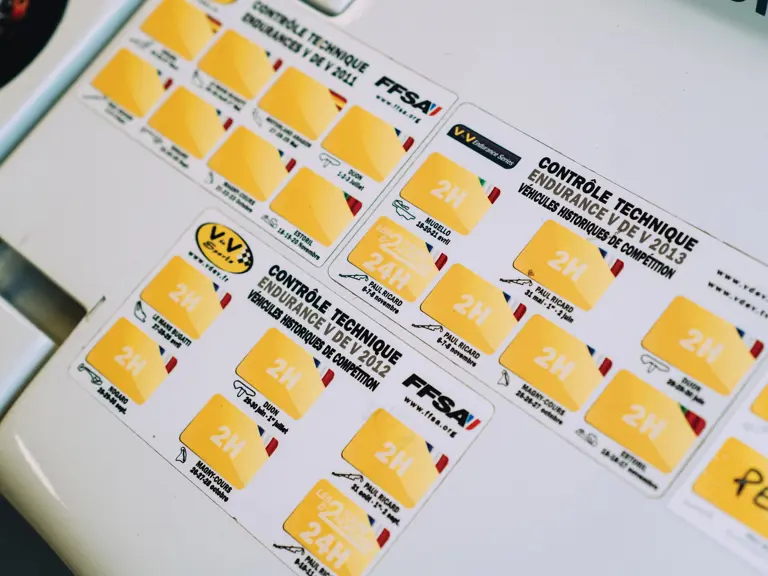
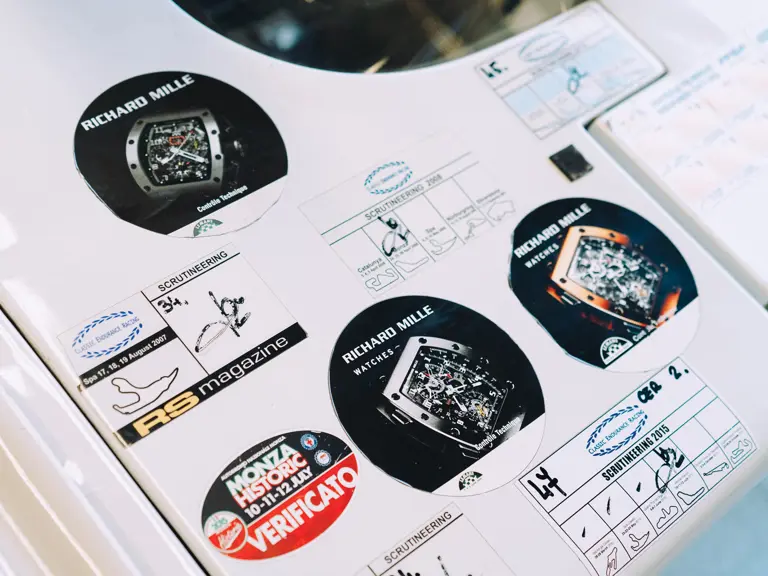
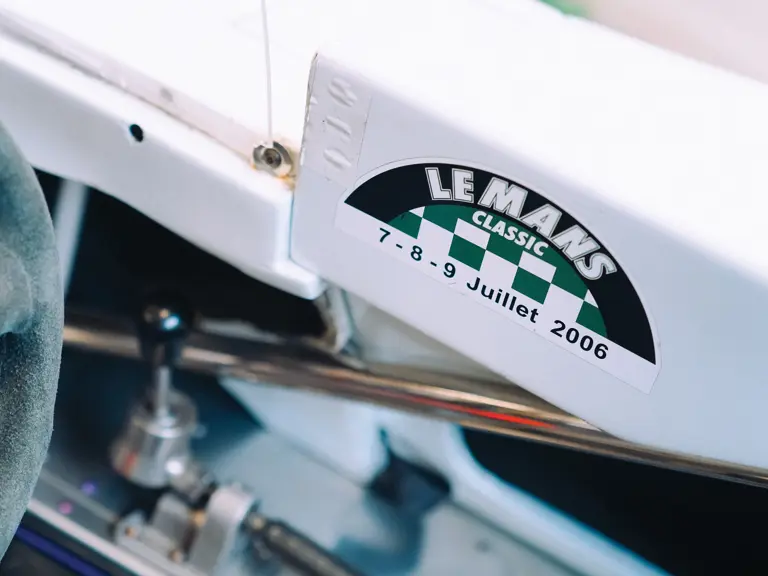
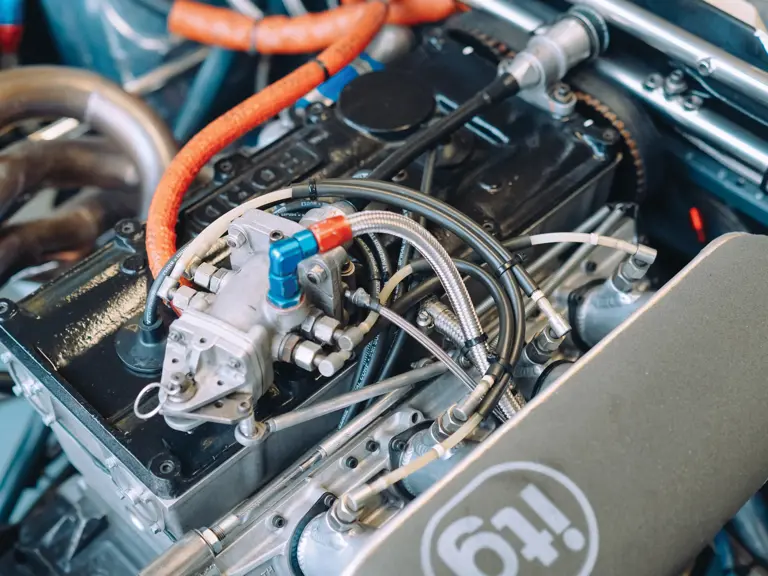
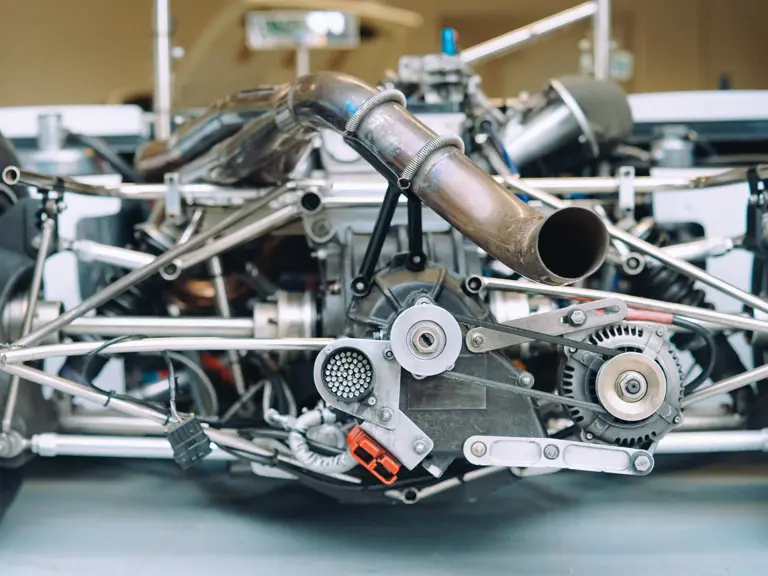
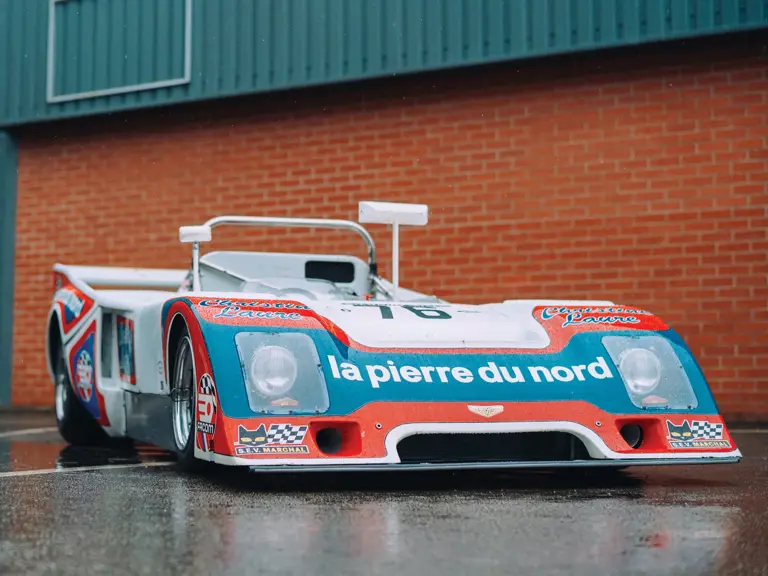
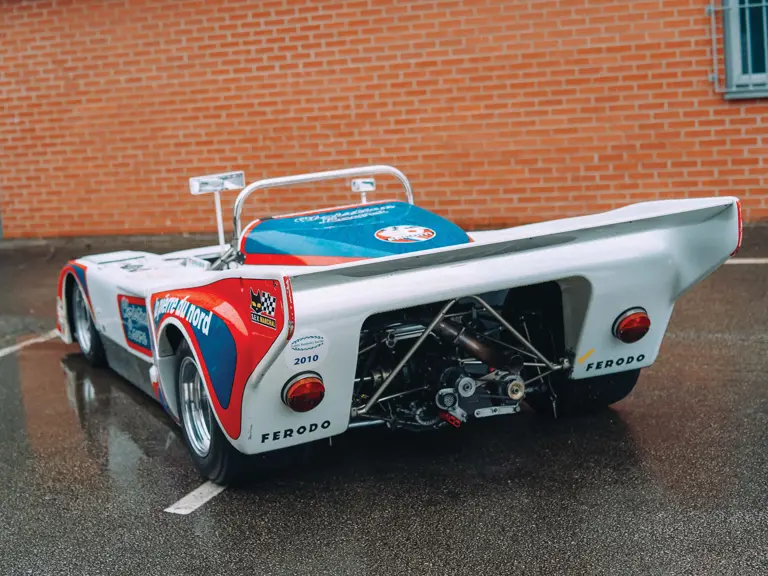
 | Kensington, London, United Kingdom
| Kensington, London, United Kingdom
